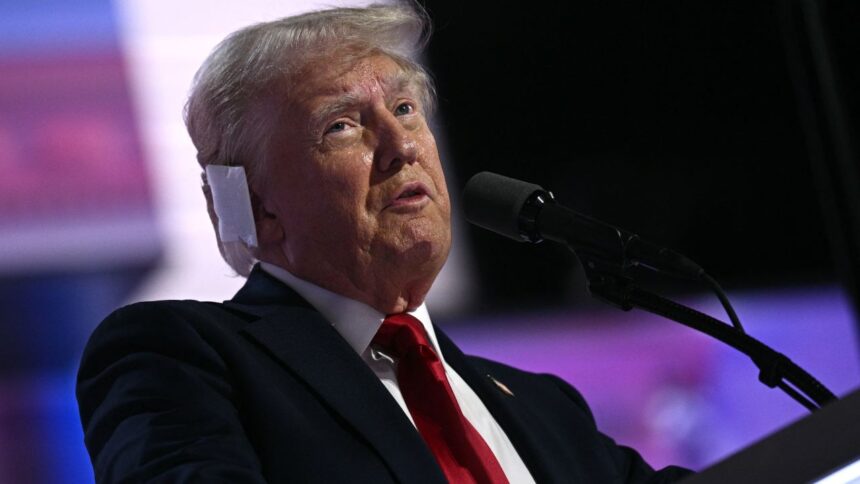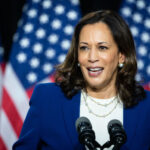Donald Trump, the 45th President of the United States, has often been in the spotlight not just for his policies and rhetoric, but also for various health-related discussions. One notable incident that captured public attention was an ear injury he sustained during his presidency. This article provides an in-depth look at the circumstances surrounding the injury, the public’s reaction, and its implications.
The Incident: What Happened?
In August 2020, during a rally in New Hampshire, donald trump ear injury was seen with a bandage on his right ear. The sight of the bandage immediately raised eyebrows among rally attendees and viewers alike. Despite the prominent bandage, Trump’s team did not immediately disclose specific details about the nature of the injury, leading to a swirl of speculation and intrigue surrounding the incident.
Possible Causes of the Injury
While the exact cause of Trump’s ear injury was never confirmed, several theories emerged in the media and public discussions:
- Surgical Procedure: Some reports suggested that the injury might have been the result of a minor surgical procedure. Speculations included the possibility of skin cancer removal, a common issue among older adults, particularly in individuals with a history of sun exposure.
- Accidental Injury: Another theory posited that the injury could have been an accidental one. Trump’s schedule often involves numerous public engagements, and the rigors of such a demanding role could lead to minor injuries during physical activities.
- Health Condition: There was speculation about whether the injury might be linked to a broader health issue affecting Trump. However, no specific medical conditions were cited, and the lack of information left room for various interpretations.
Public and Media Reaction
The public reaction to Trump’s ear injury was immediate and multifaceted. Social media platforms were abuzz with memes, jokes, and conspiracy theories regarding the nature of the injury. Supporters often downplayed the significance of the bandage, while critics expressed concern about Trump’s health and suitability for office, especially given his age and the pressures of the presidency.
The Role of Health Transparency
The injury incident underscored the broader conversation around health transparency for public figures, particularly elected officials. Throughout his presidency, discussions regarding Trump’s health had been a frequent topic. In 2018, Dr. Ronny Jackson, the White House physician, stated that Trump was in “very good health.” However, the sudden appearance of an injury and the lack of information surrounding it led to skepticism and raised questions about the administration’s transparency regarding the president’s health status.
Media Coverage
The media’s coverage of the ear injury varied widely. While some outlets approached the incident with a humorous or light-hearted tone, others raised serious concerns about the implications of a sitting president’s health on national security and governance. This duality in reporting illustrates the complexities of political journalism, where health issues can become both fodder for jokes and serious subjects of scrutiny.
Implications for Trump’s Health
Despite the widespread attention given to the ear injury, there were no indications that it had a lasting impact on Donald Trump’s health or his ability to perform his presidential duties. Following the incident, he continued with his typical schedule of rallies, press conferences, and meetings, suggesting that the injury was minor and did not impede his responsibilities.
Long-term Health Considerations
As a public figure, Trump’s health will always be of interest, particularly as he is in the latter stages of life and has faced various health-related questions during and after his presidency. Issues like the ear injury highlight the need for regular health evaluations and transparency from leaders, as public trust can hinge on their perceived well-being.
Conclusion
Donald Trump’s ear injury was a momentary event that sparked significant public interest and speculation. While the precise cause of the injury remains unclear, it did not appear to have lasting consequences for his health or presidential duties. This incident underscores the broader themes of health transparency in leadership and the public’s right to be informed about the health of elected officials.
As health continues to be a critical aspect of political discourse, how such incidents are managed can influence public perception and trust in leadership. The ear injury serves as a reminder of the delicate balance between personal health and public duty, especially in the high-stakes arena of politics.












